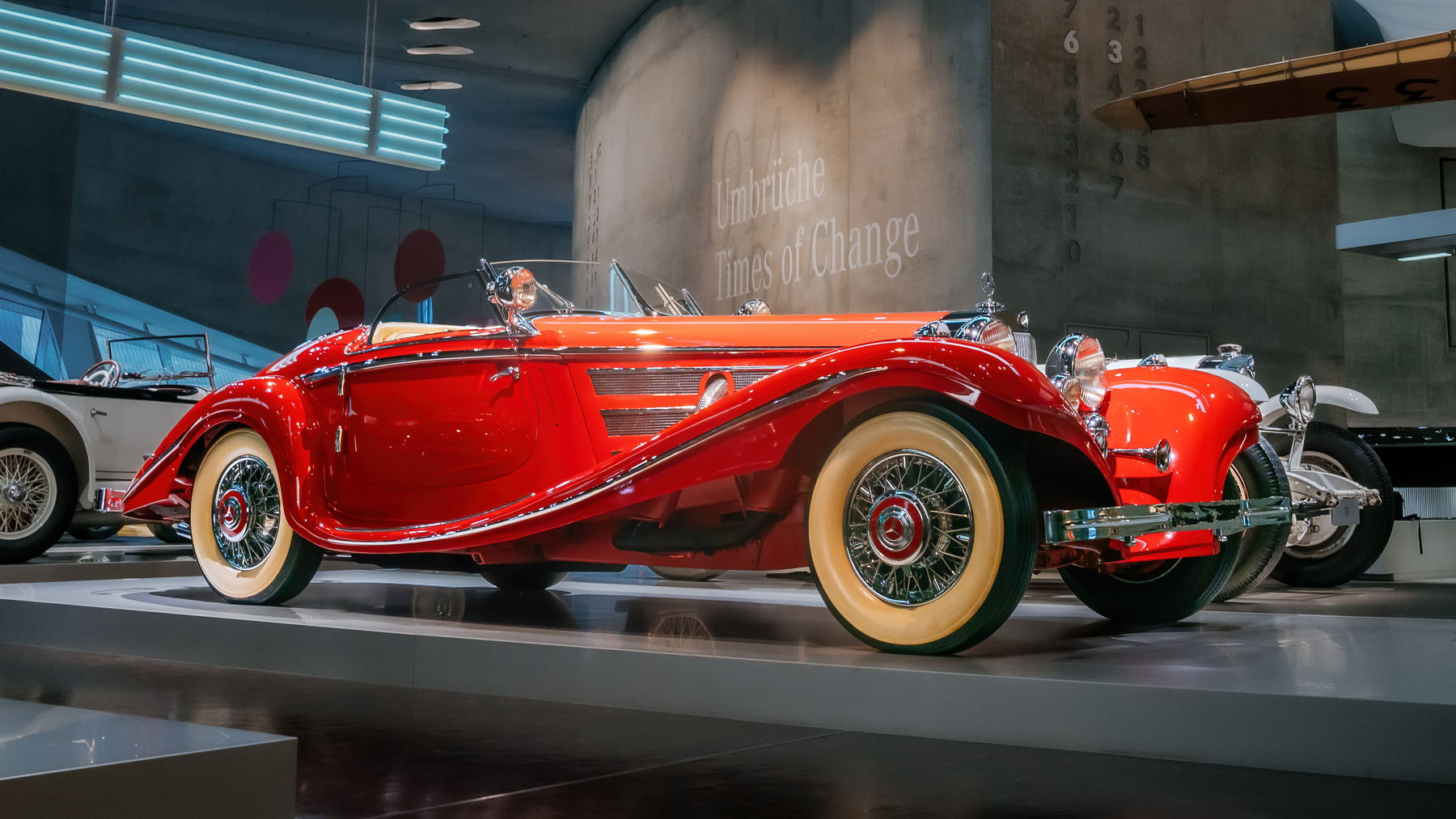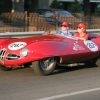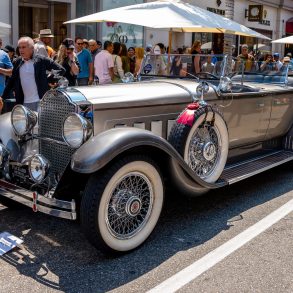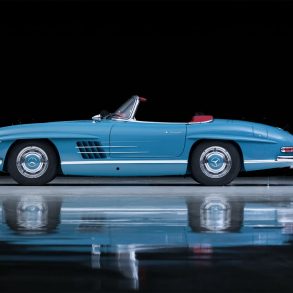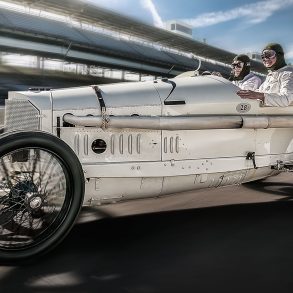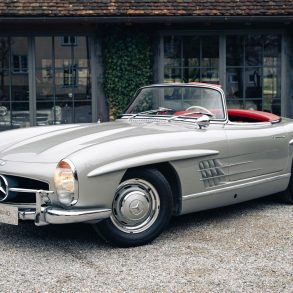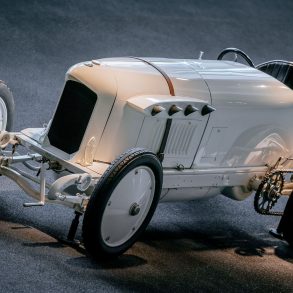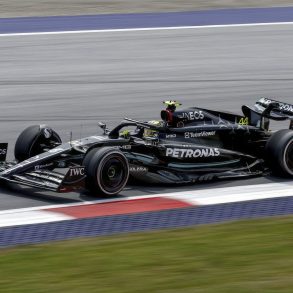Museum Spotlight
The 500 K Special Roadster is a superstar at the Mercedes-Benz Museum. What makes it so fascinating? It is an extraordinary automotive sculpture whose elegance radiates effortlessly from the 1930s to the present day. This is where the best technology, exquisite styling and a luxurious interior come together. Anyone approaching this bright red vehicle is mesmerized by its grandeur.
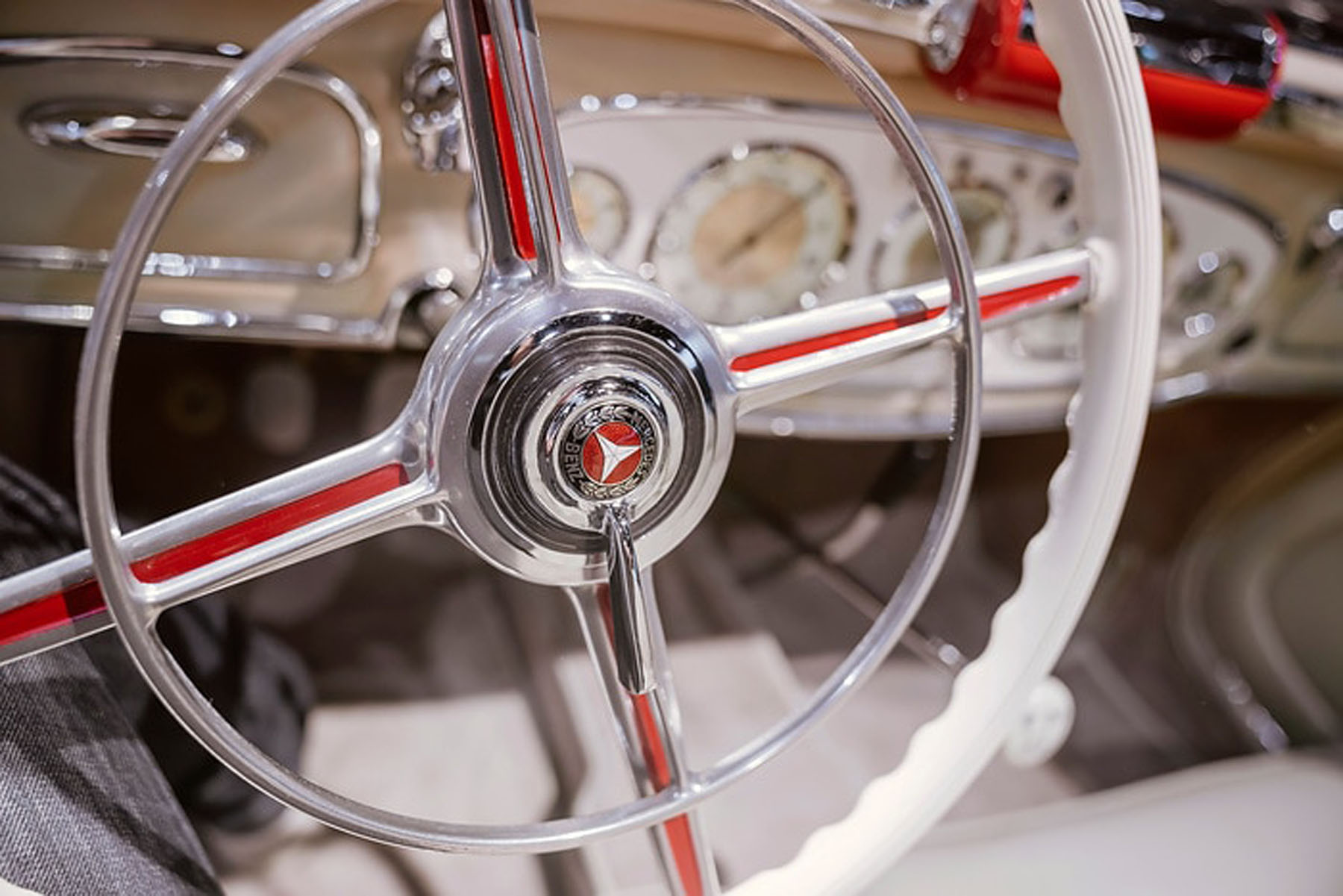
Highly exclusive
The Mercedes-Benz 500 K debuted at the International Motor Show (IAMA) in Berlin from 8 to 18 March 1934 – 90 years ago. The luxury car was on display as a spectacular “autobahn courier.” The Special Roadster with recessed radiator was added to the model range in October 1934 as the eighth and most expensive body variant: its price was 28,000 reichsmarks, an exorbitant amount for which you could easily buy a detached house in a prime location at the time.
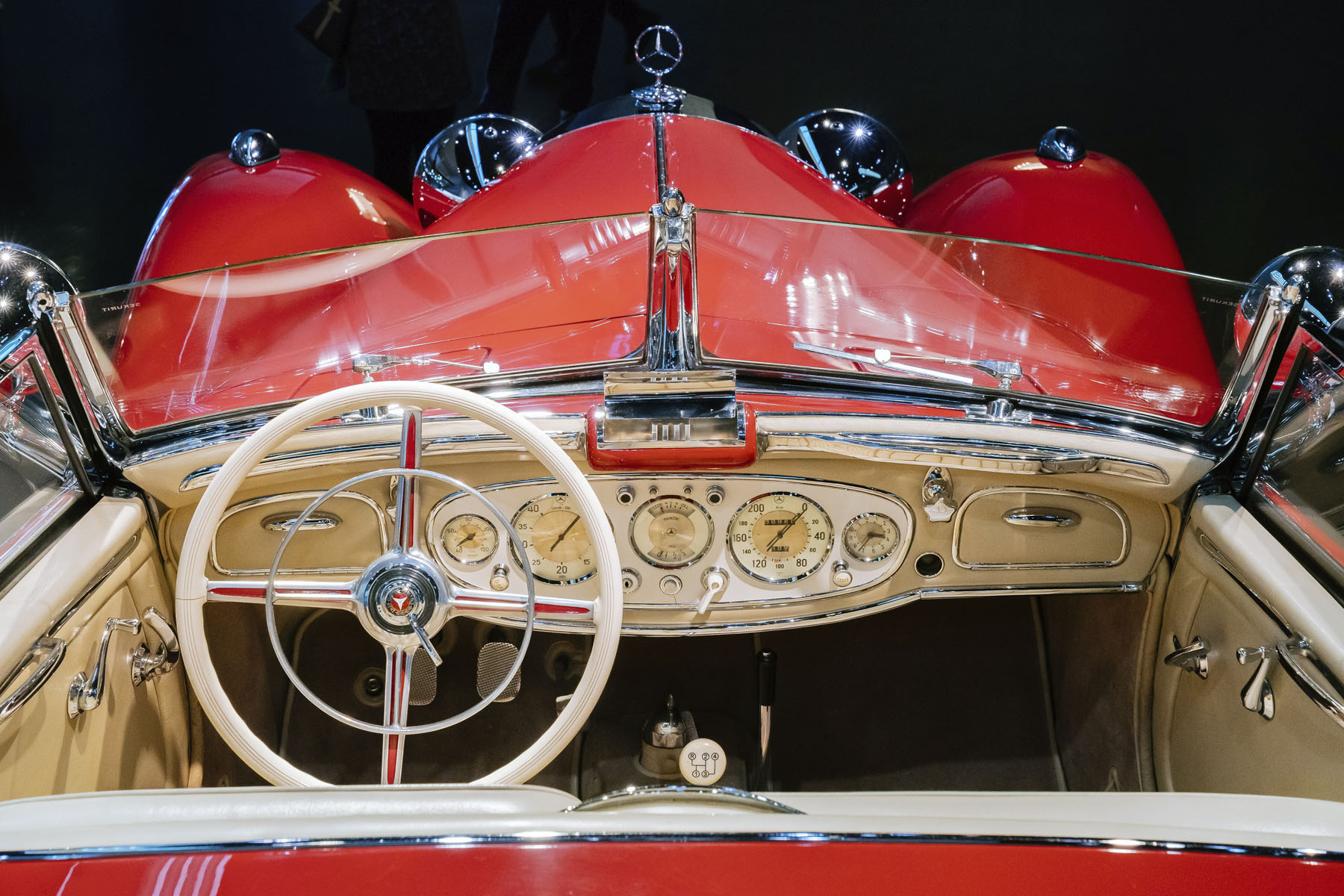
Illustrious clientele
Celebrities from the worlds of culture, entertainment, business and politics purchased the 500 K – and at the same time enhanced their reputation with this vehicle. Presenting itself on the red carpet? One of the luxury car’s favorite pastimes.
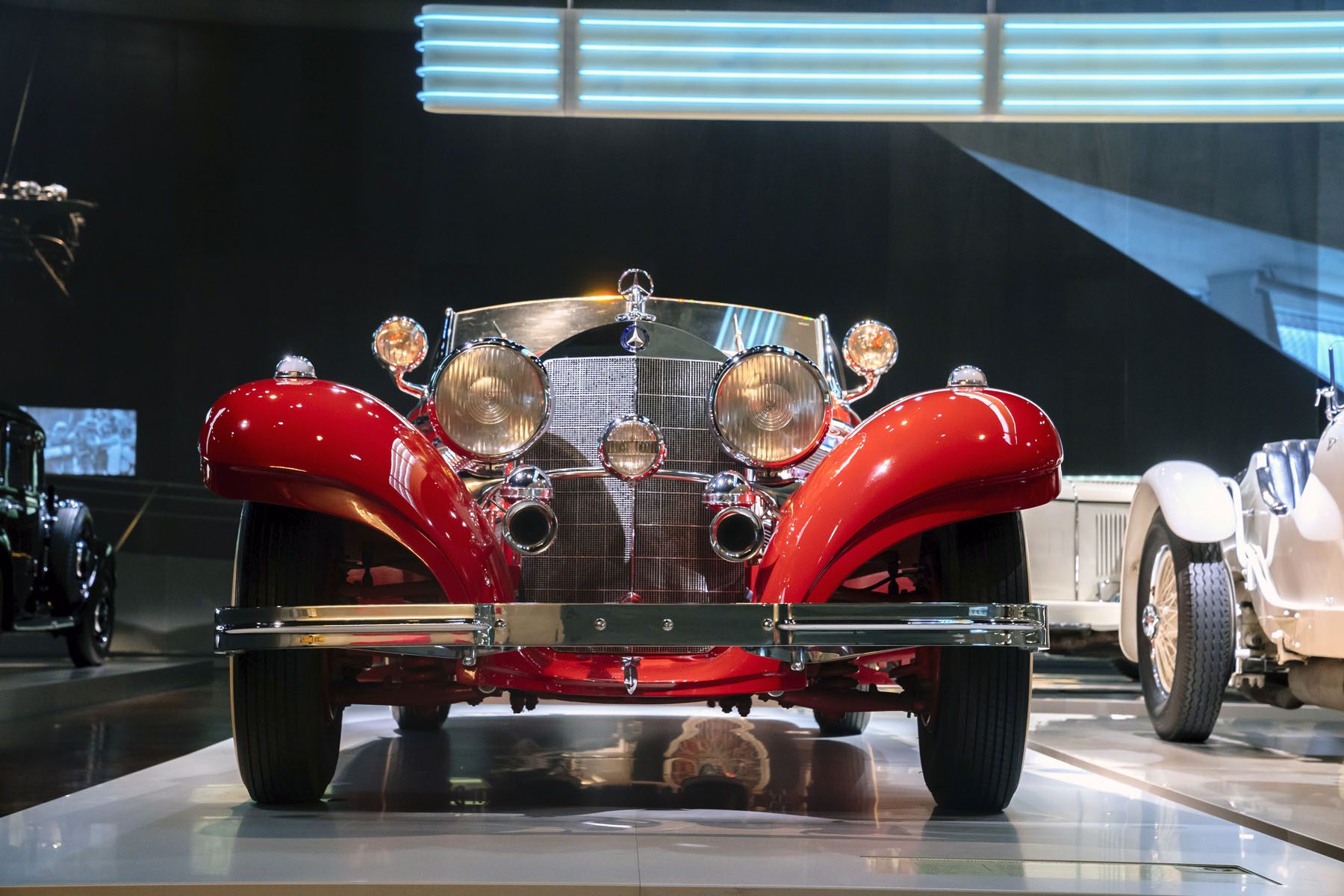
The best of the best
The great effort that went into building the Special Roadster still amazes us today. Starting with the design. The bodywork with the large, elegantly curved wings and long bonnet was designed by stylist Friedrich Geiger. Today he would be called a designer. It gave the car the flair of the “Roaring Twenties”, which are still famous for their exuberance.
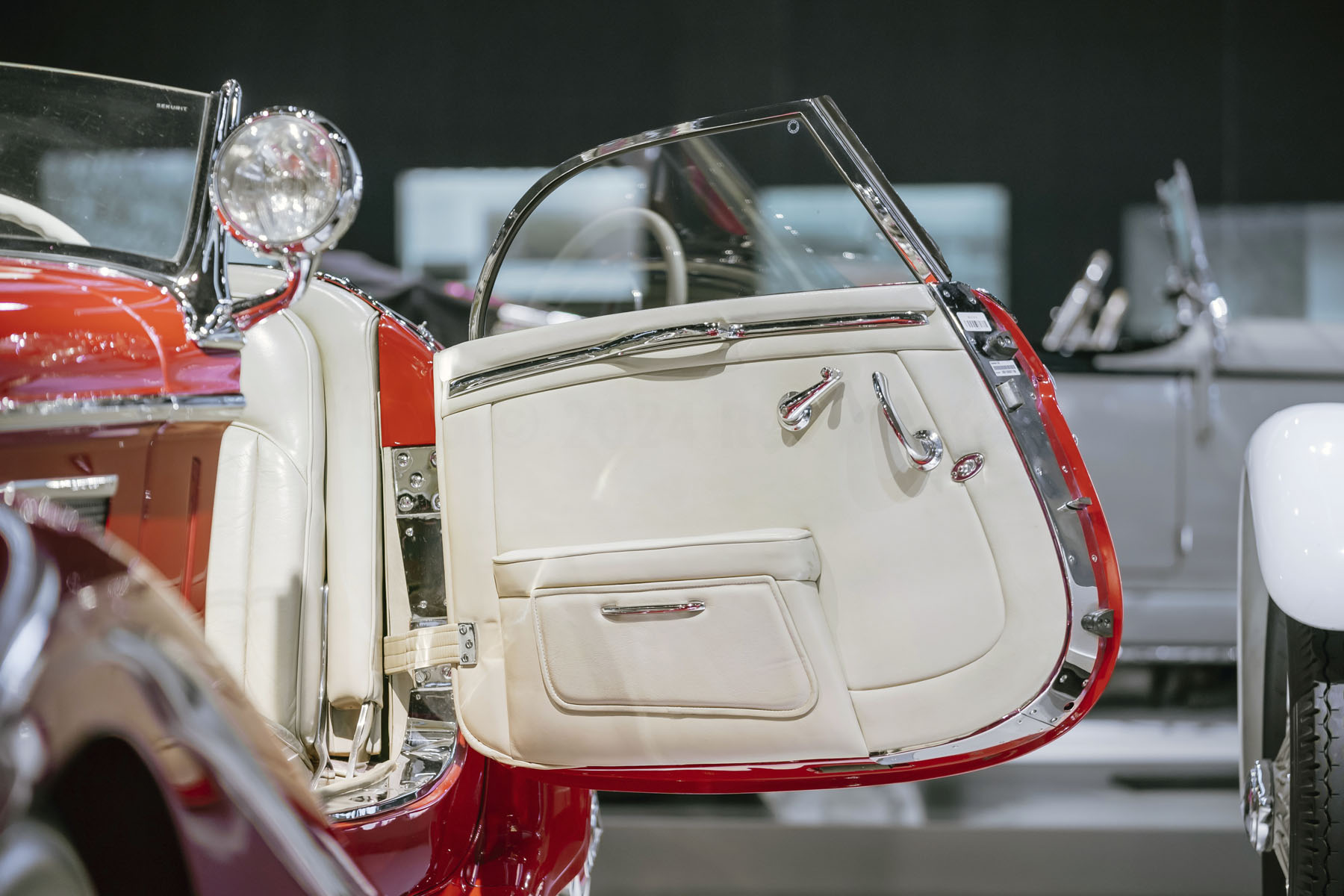
Interior
The interior is reminiscent of an elegant salon. The leather on the finely handcrafted seat upholstery and door panels almost “caresses” the driver and front passenger. Everything is color-coordinated. The driver’s hands grip an ivory-colored steering wheel. The eye is attracted to a dashboard with instruments that might have come from a watchmaker’s workshop.
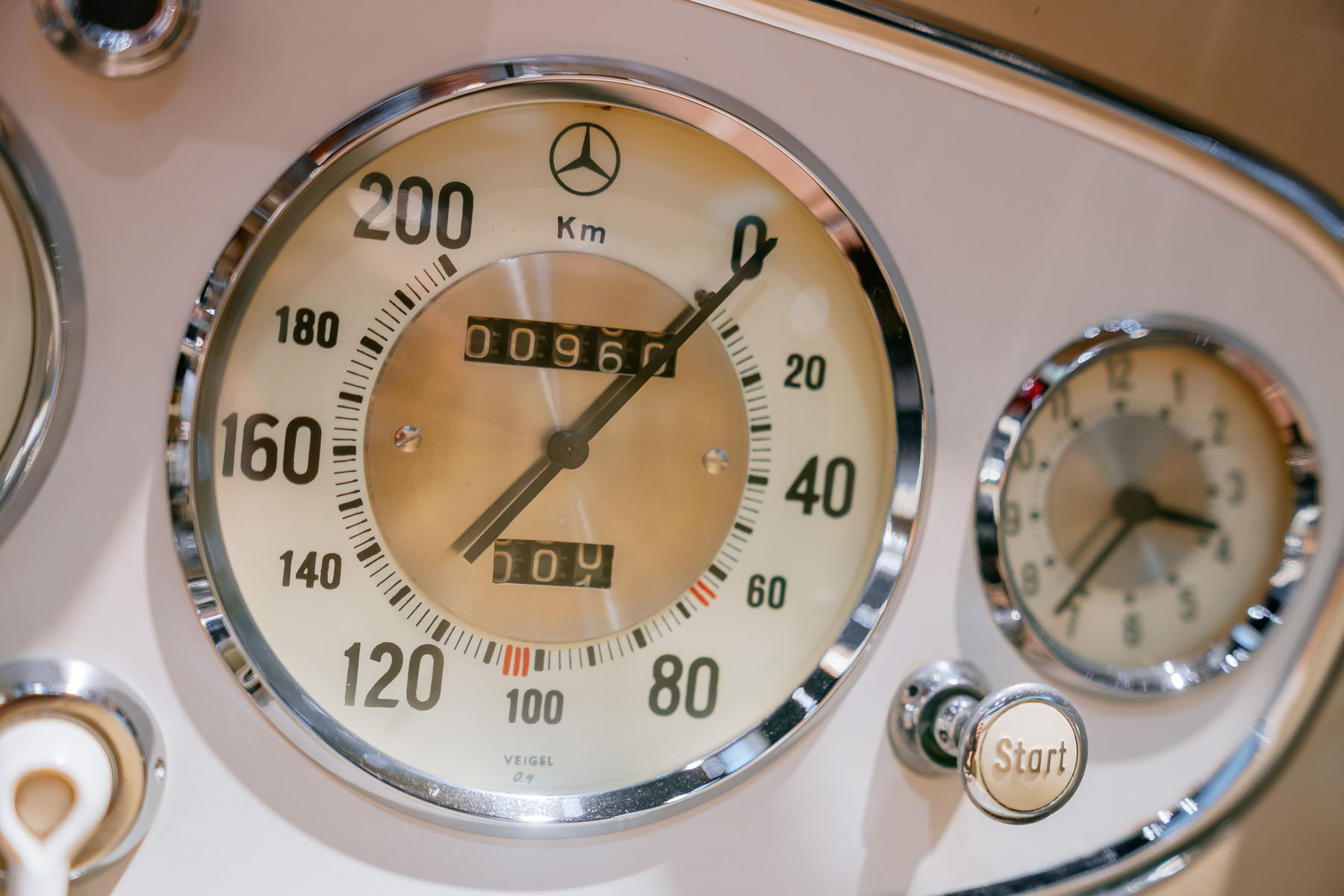
Prestigious address
Many customers had individual wishes so the vehicles were produced as one-off examples under the direction of Hermann Ahrens in the special vehicle construction department at the Sindelfingen plant – the place to go for the best coachbuilding of the time. The “Sindelfingen bodywork” badge on the side of the Special Roadster is a testament of quality.
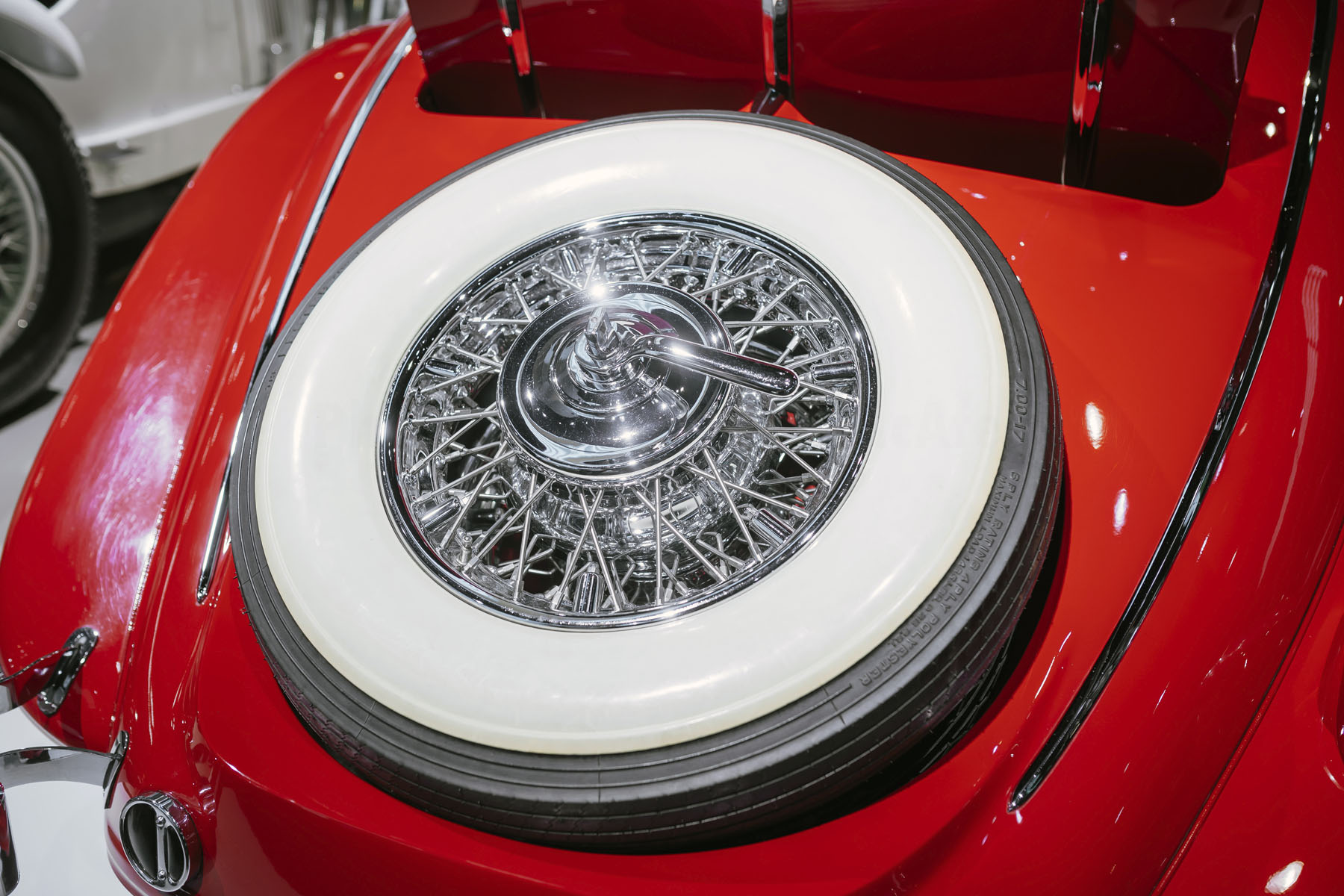
Top performer
Maximum effort was also expended beneath the bodywork. The 500 K’s M 29 supercharged engine is legendary. It delivers 74 kW (100 hp) and 118 kW (160 hp) with the supercharger activated. The two-bladed Roots blower located upstream of the carburetor is activated by moving the accelerator pedal beyond a pressure point to the full throttle position (kick-down effect). This elicits the distinctive roar of the supercharger and the immediately noticeable increase in performance.
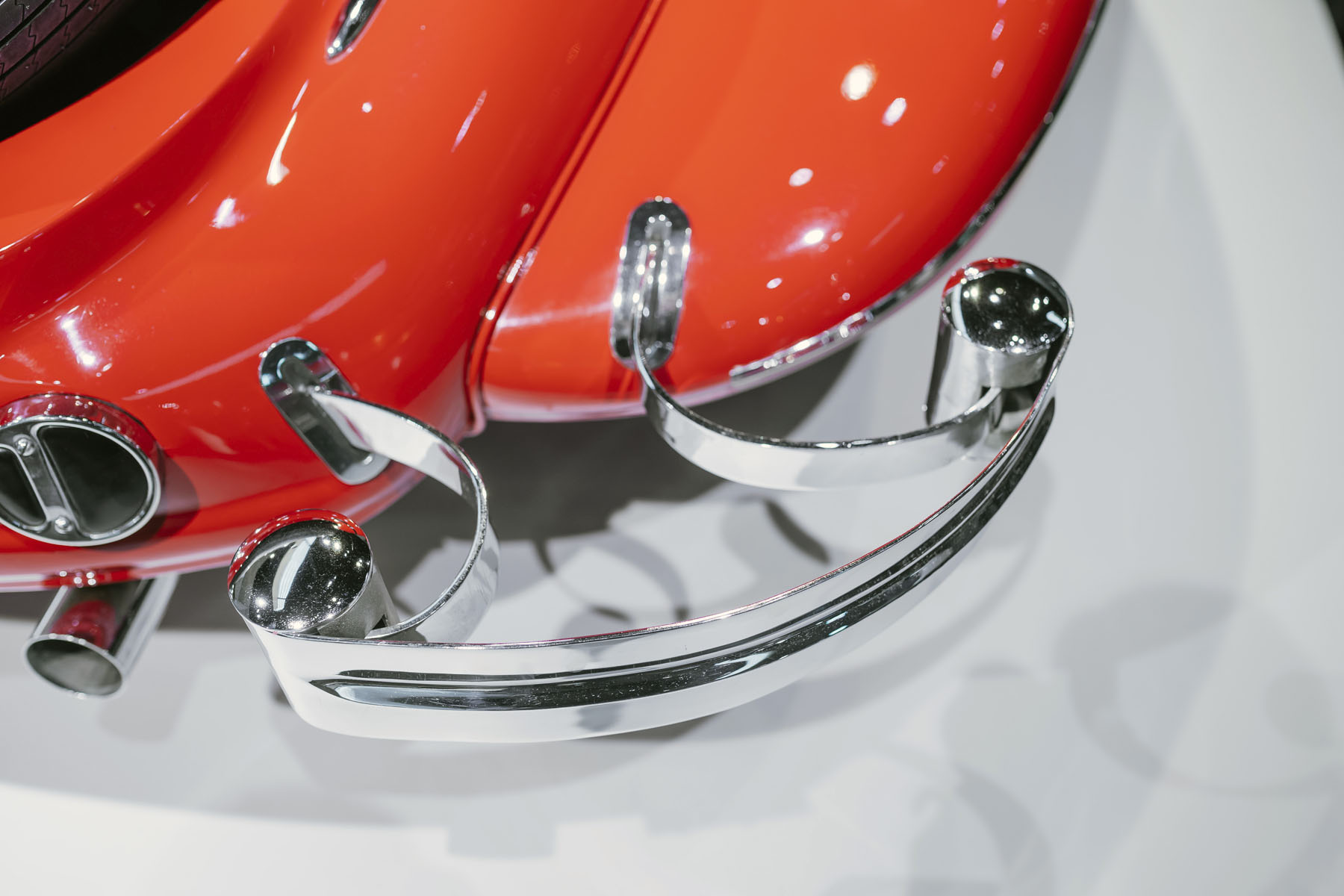
Innovation
The modern suspension of the 500 K, adopted from the Mercedes-Benz 380 (W 22), does full justice to the engine power. With its trapezoidal-link front axle and rear swing axle, the patented Daimler-Benz design was not only extremely progressive at the time, but quickly became a common feature of automotive engineering that is still valid today and used worldwide. The rear axle design allowed high speeds with excellent driving safety.
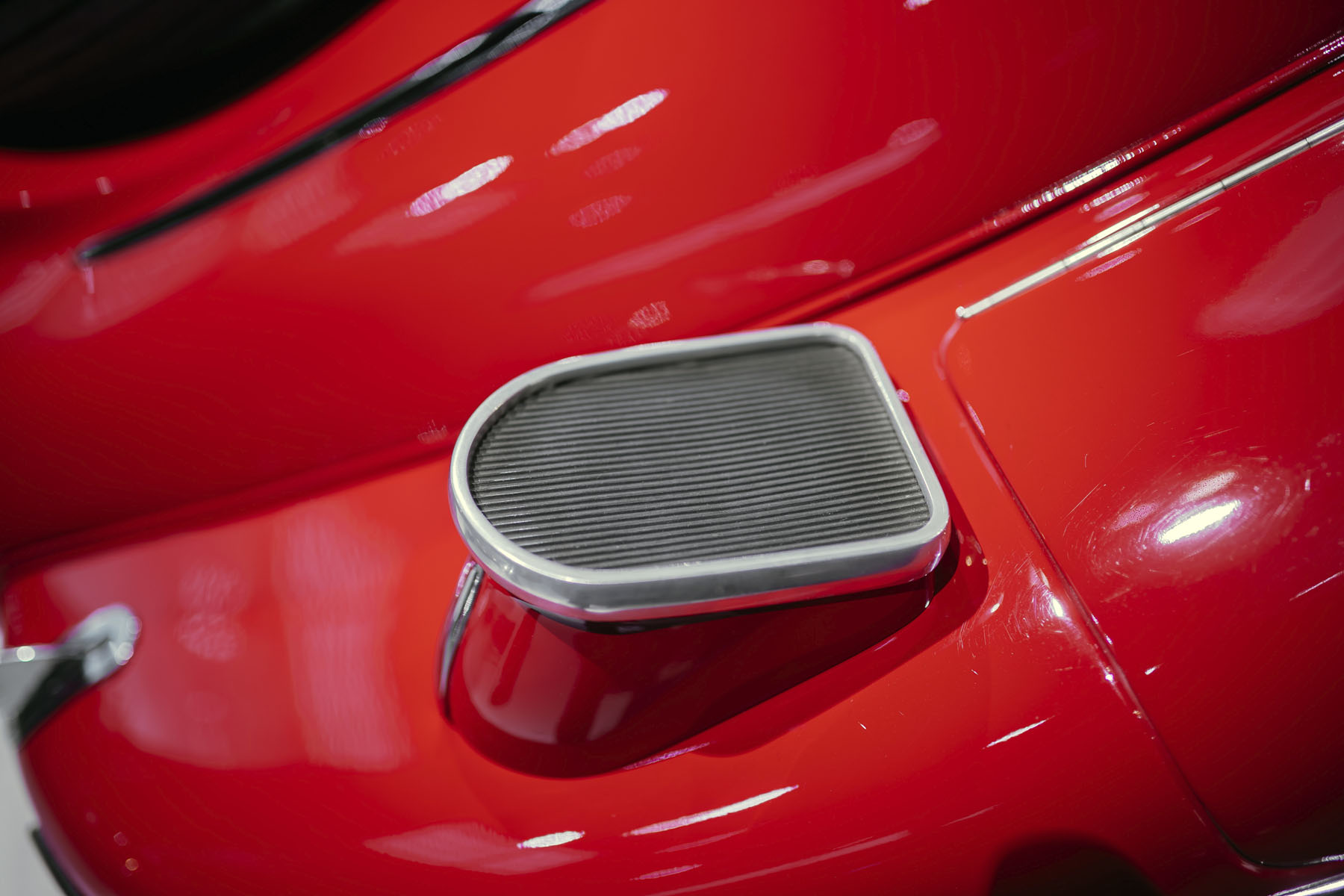
Additional space
The 500 K invites you to savor the details. What might the step on the rear mudguard be used for? Surprise – the Special Roadster is not a two-seater. The flap behind the interior opens up another bench seat, commonly known as the “mother-in-law’s seat”. The step makes entry easier.
Rarity
The 500 K was already rare in the 1930s. Only 342 examples of all body variants were produced between 1934 and 1936. It was immediately followed by the 540 K, whose engine had a larger displacement. Today both versions of the W 29 series are guaranteed top prices at auctions.
Conclusion
The Special Roadster in particular was so desirable that body shops from the 1950s onwards converted saloons or convertibles into “Special Roadsters” in the hope of increasing their value. Though of course, only original vehicles from Sindelfingen command the highest prices. The experts at Mercedes-Benz Classic can establish authenticity beyond any doubt.
All content © 2024 Mercedes Benz
Mercedes Benz Museum


